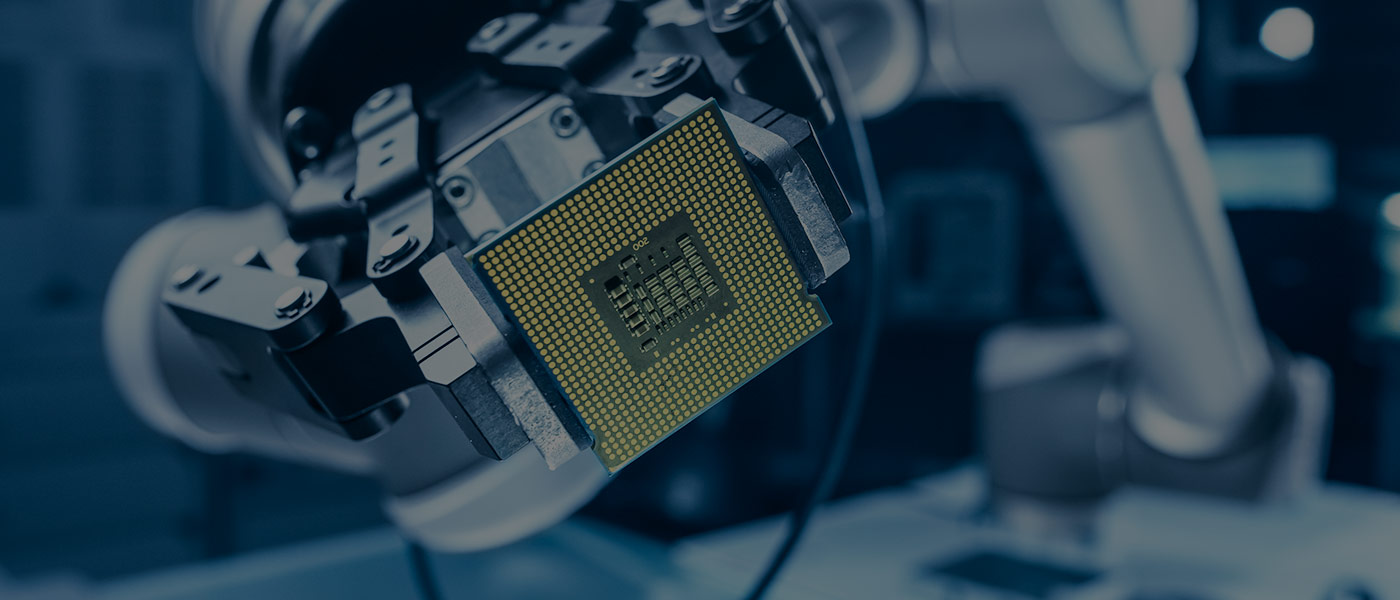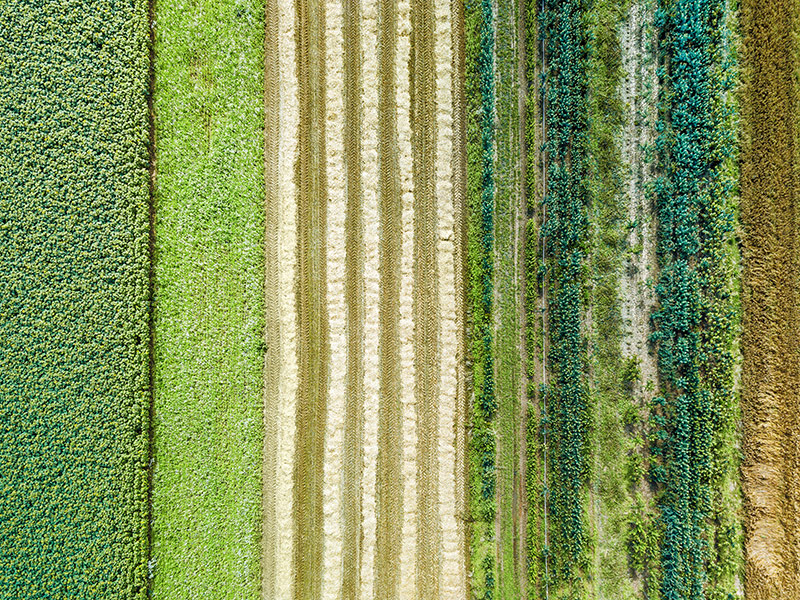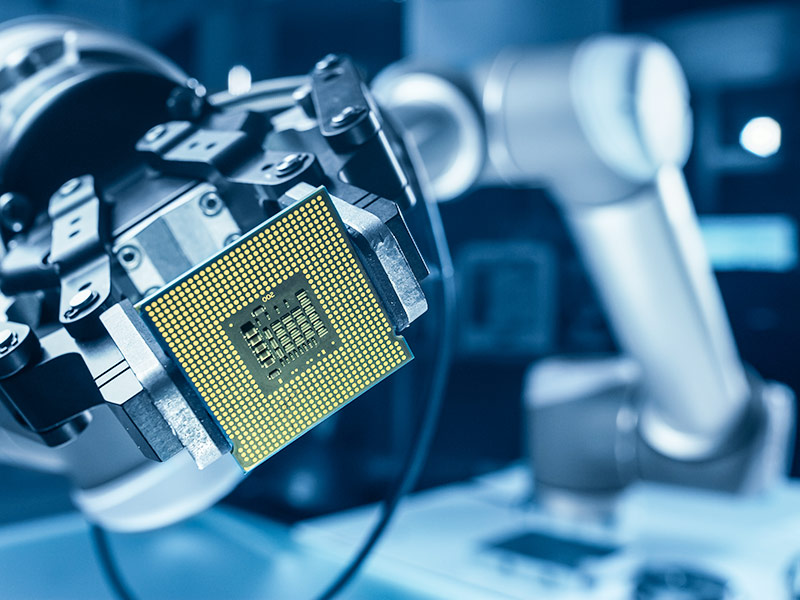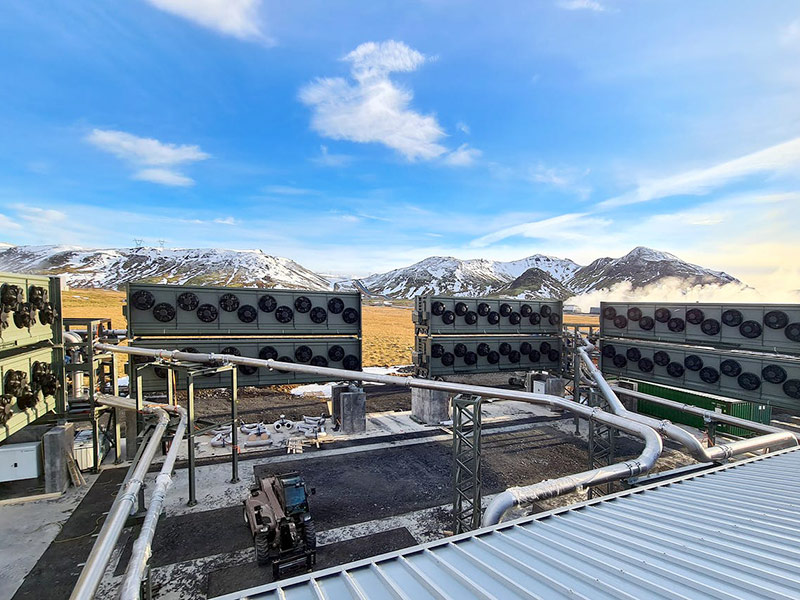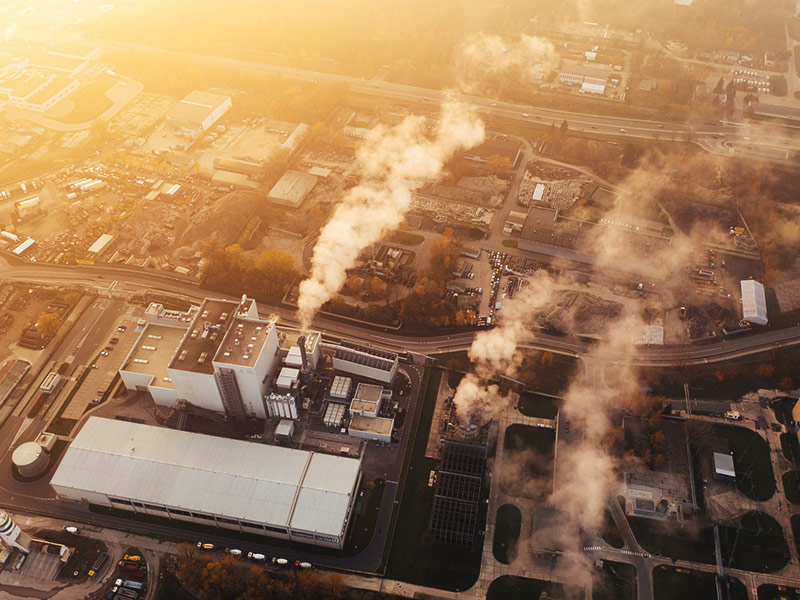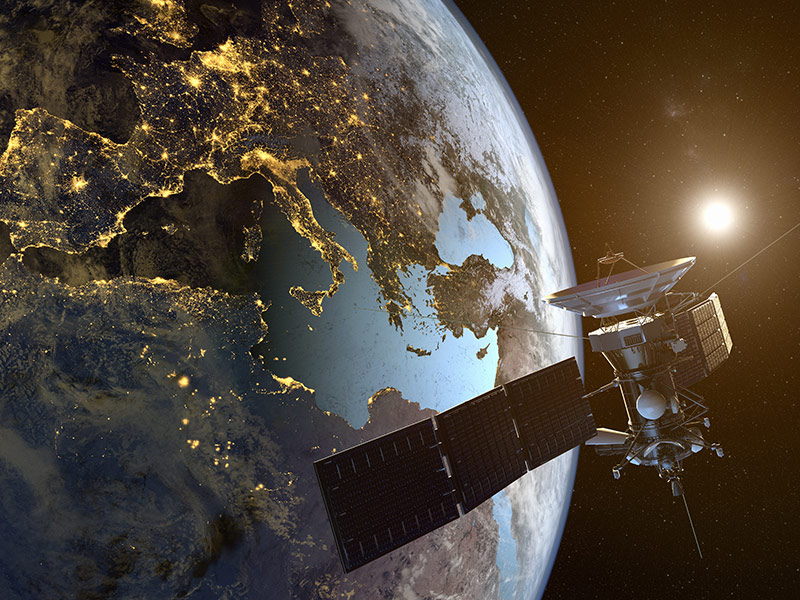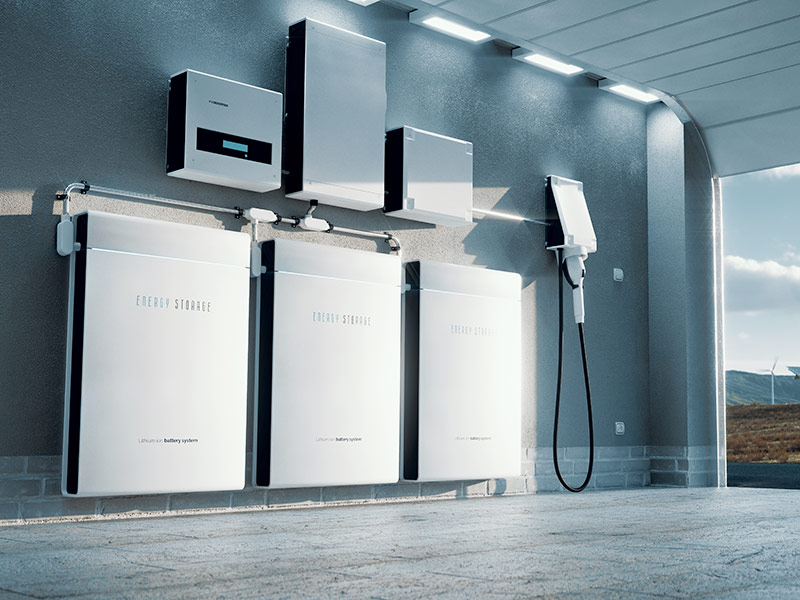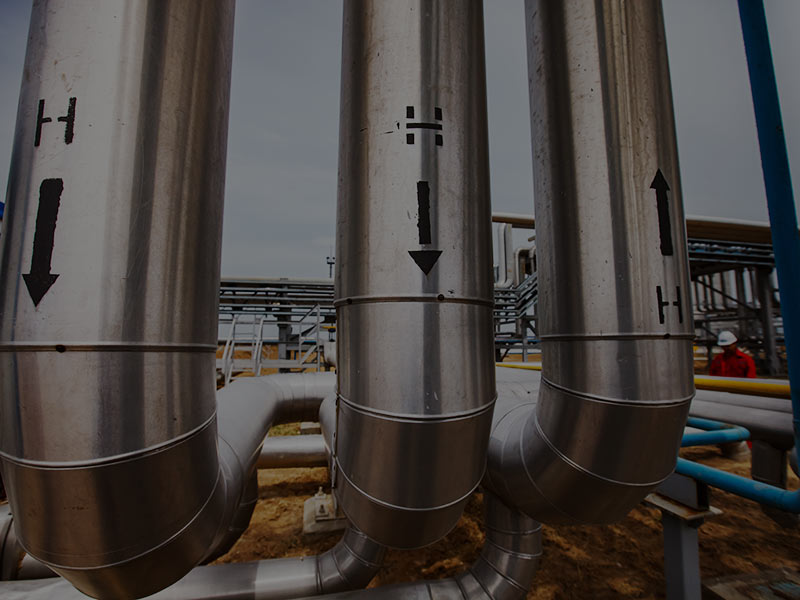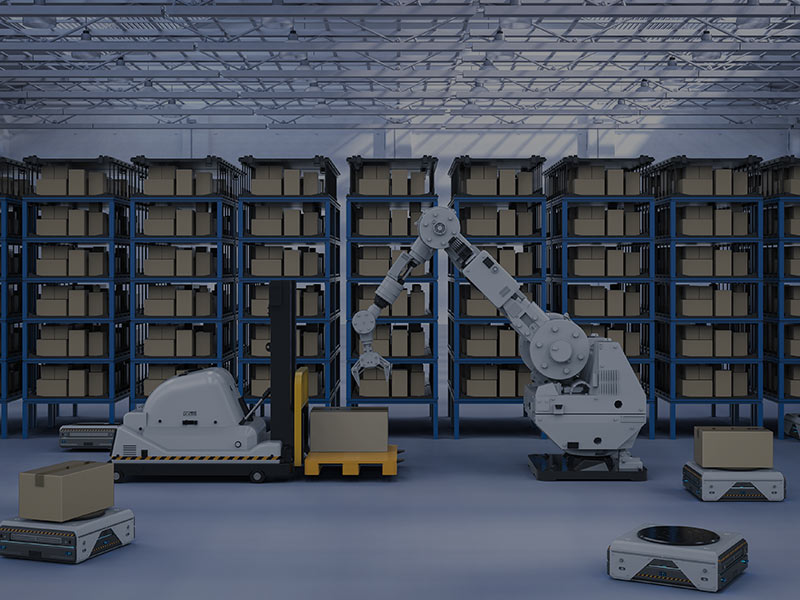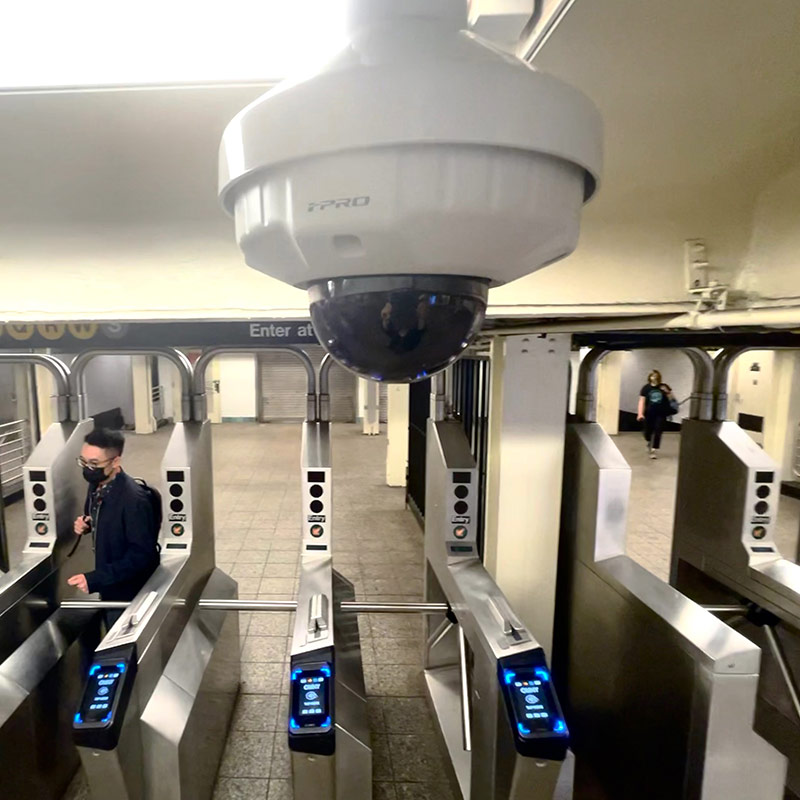
Autonomous systems, which can collect information about the environment and operate for extended periods of time without human control, can now trigger rapid local action, thanks to the intersection of the Internet of Things (IoT), Artificial Intelligence (AI), robotics, geospatial mapping, and edge computing. Governments and industries are harnessing this power to act on real-time data in remote or unstaffed locations to solve environmental problems and minimize risks to people in hazardous industries. Meanwhile, the same technology has enabled the deployment of the first lethal autonomous weapons system, taking the decision to kill out of human hands. Experts describe an “arms race” for protection against the security and privacy risks of IoT applications, against a backdrop of new surveillance regulation in response to the pandemic.
What’s New
Research and investment are increasing the capacity of autonomous systems to monitor and control the complex movements and interactions of multiple objects, from chemicals and particles to public intersections and industrial settings. The scope of these next-generation, networked bots is huge, comprising a degree of monitoring sensitive to momentary shifts in temperature, humidity, or facial expression and actions precise enough to run unmanned labs, repair urban infrastructure, or manage ecosystems.
The IoT provider Ingenu recently announced plans to launch 72 satellites in 2023, creating what it claims will be the first spaceborne public network built solely for machine-to-machine sensor network communications, a key enabler of autonomous systems, to service smart grids, agriculture, cities, mining, and logistics. Of particular interest is a surge in projects to build climate resilience and mitigate pollution as well as to increase understanding of how many different factors interact to affect our living environment.
In May 2021, Global Fishing Watch launched its Marine Manager portal, leveraging machine learning and near-real-time data to evaluate ocean conditions and human activity in Marine Protected Areas and to enable informed decisions for sustainable ocean management. The same month, the National Science Foundation (NSF) awarded a US$4 million grant to embed sensors quickly and cheaply in existing infrastructure. Under the grant, the University of Maine will create a coastal flood monitoring network that identifies infrastructure vulnerabilities during extreme weather events and monitors the impact of storm surge infrastructure on marine life, while the University of Vermont will seek to prevent significant water loss from leaking pipes through a combination of localized monitoring and robotic maintenance.
New business models are also emerging. In the insurance industry, Floodflash is an event-based commercial scheme that uses smart sensors to trigger automatic reimbursements based on actual flood levels in the insured property within 48 hours, enabling clients to choose the premium they’ll pay based on the depth of flooding they wish to insure.
Other applications aim to increase our understanding of which pollutants pose a risk to public and environmental health by prioritizing and predicting toxicity in specific locations. However, researchers highlight a “persistent and largely unmet need for findable, accessible, interoperable, and reusable (FAIR) data” to maximize the benefits.
The significant potential for environmental gain must be weighed against concerning human and ethical implications. These include informed consent in data usage and personal data protection. In addition, with spyware and cyberattacks on the rise, focus is rising on the vulnerability of public, corporate, and state security systems. Professor Costas Spanos, director of the Center for Information Technology Research in the Interest of Society and the Banatao Institute (CITRIS), describes it as an arms race: “The entities that threaten our privacy are becoming much more sophisticated, and so to defend against them, you need to become more and more sophisticated.”
Major companies facing high security risks, such as financial services providers, can implement security systems such as “air gaps,” which isolate those machines containing sensitive data from any online networks. But the cost of such infrastructure is exorbitant. Moreover, the privacy risks are not limited to malicious underground agents: governments are increasingly mining personal data to implement their broader agendas under the guise of public security.
The COVID-19 pandemic has been accompanied by a surge in state investment in mass surveillance tools, from the use of drones and CCTV cameras to monitor people under quarantine in China, to Singapore’s use of its tracing app to track migrant workers, to the use of phone location data and credit card logs to track citizen movements in Israel and South Korea. Conversely, states are also displaying concern at the aggregation of data within their territory by foreign-owned companies: in April, China restricted the use of Tesla’s smart electric cars by military and government workers.
For many companies, including Tesla and the industrial automation developer Omron, minimizing human risk is a major driver for implementing autonomous IoT applications alongside advancing unmanned operations in the context of an aging population. The Japanese mining technology provider Komatsu has developed unmanned rock-cutting machines, which it hails both as safety risk-free and zero emissions—supporting its goal of carbon neutrality by 2050.
Cost efficiencies are another driver for industrial applications, such as infrastructure maintenance: “In a typical monitoring system, the installation of high-quality, heavy-duty wires accounts for a majority of the costs,” explains Professor Dryver Huston of the University of Vermont. “Another prohibitive cost can be the need for humans to install sensors in remote and risky locations, such as under a bridge, whereas the cost of using small robots has dropped dramatically to become a practical option.”
Huston expects to see these costs fall even further in the next five years. What’s more, remote sensing systems are likely to prove more resilient to disruptive climate impacts since they are lightweight and easy to move or redeploy. The risk of redundancy in costly systems to maintain public infrastructure is significantly reduced.
The pursuit of IoT applications with autonomous decision-making capacity is snowballing, given strong economic rationale, sustainability potential, and business incentives. It is not clear that necessary protections can match the pace.
Signals of Change
Researchers at the Chinese University of Hong Kong have developed a single-unit self-powered wireless sensing e-sticker, combining sensing, signal modulation, transmission, and power in a soft and flexible electronic film that draws energy from multiple sources, such as movement, heat, humidity, and sunlight. Applications include wearables, medical diagnostics and treatment, and smart city infrastructure.
Population decline among red squirrels, an endangered species in the UK, will be monitored using a combination of bio-acoustic sensors, cloud, and artificial intelligence (AI) technologies in a partnership between the University of Bristol, Huawei Technologies, and international NGO Rainforest Connection.
A Texan coastal town is developing a low-cost sensor network with the University of Texas Arlington, under a US$150,000 NSF grant, to help the community monitor climate change effects. The sensors will track air and water quality and flooding potential and will then transfer the data to an online dashboard.
City leaders at COP26 were invited to witness a network of 25 sensors monitoring levels of greenhouse gases (GHGs) and particulate matter across Glasgow in real time to drive action on pollution and climate change.
Singapore’s Government Technology Agency (GovTech) has announced a 5G testbed on the island of Sentosa, which will enable state agencies to trial initiatives with the aim of improving citizen-centric services. GovTech anticipates 5G will enhance its Smart Nation Sensor Platform, processing sensor data in real time to improve urban planning and traffic management.
Fast Forward to 2025
I know the buyer’s Chief of Procurement meant well. You’d believe me if you met her: not just a tech visionary in the world of agribusiness, but a caring type...
The Fast
Forward
BSR Sustainable Futures Lab
Implications for Sustainable Business
Companies investing in autonomous systems must remain vigilant to a host of implications for human well-being, even where safeguarding this is the primary motivation. As Dunstan Allison-Hope, who leads BSR’s work at the intersection of technology and human rights, cautions: “Data collected primarily to ensure workplace safety might also be used to monitor the emotions or performance of employees.”
Likewise, the University of Vermont’s Huston speculates that systems to track and prevent water loss in cities where water theft is a concern could also be used to identify potential suspects, with risks of overreach affecting the privacy of civilians. Does the potential for human and environmental protection make a sufficient case for pursuing smart systems that ultimately support the creation of surveillance-based societies—and not only survey, but take action?
Edge computing, which enables high-quality localized data collection so that bots can make automated responses without the latency, or lag, of going through a remote server, might be harnessed for data protection, says CITRIS's Spanos. “If data is collected, processed, and reduced to abstractions and conclusions at the ‘edge’ [or local point of collection] then it need never go any further.”
The International Labour Organization has yet to offer guidance on what should constitute reasonable levels of workplace privacy or how to reach consensus involving all implicated groups on monitoring levels and the use of data. Regulations like the EU’s General Data Protection Regulation (GDPR) require data controllers to implement "data protection by design and default," but typical actions—such as requiring customers to sign consent agreements—rarely indicate the degree of risk involved.
Computer scientists talk about “differential privacy,” a metric for measuring the degree of risk to individuals by assessing (for instance) how personal data included in a database can impact the risk of theft. But for individuals, such risk is very difficult to assess. Standardized consent agreements, in which they would indicate data risk similar to how food packaging uses traffic light color legends to indicate salt, sugar, and fat levels, do not yet exist and could make a difference. Businesses wanting to preserve trust and their license to operate would do well to advocate for this. Moreover, those implementing data collection systems must recognize the impact of power dynamics: an employee has little choice when asked to consent by an employer, just as a consumer requiring a service has little bargaining power with the provider.
Public awareness of the risks is rising, and the potential for a backlash (civil, legal, and regulatory) against the overreach of monitoring systems, and particularly the use—or abuse—of biometric data, is growing. The World Economic Forum says the time has come for a “Zero Trust” approach to prevent data breaches. Facebook recently announced it would shut down its facial recognition software following the leak of internal documents by a consortium of news organizations.
There is both the potential and an urgent need for organizations to take the lead on civil protection. In October 2021, the University of California set out guiding principles for the adoption of AI services, beginning with appropriate usage: “The potential benefits and risks of AI and the needs and priorities of those affected should be carefully evaluated to determine whether AI should be applied or prohibited.”
Designing for FAIR data is fundamental—both to increase the potential usage of findings and to increase the efficiency of data centers and transmission networks. The GSM Association of mobile network operators worldwide projects that IoT connections will more than double from 2018 to 2025, reaching a total of 25 billion in data. Efficiencies achieved through FAIR design can prevent the energy demand of data centers from rising at a comparable rate, while AI-powered software can play a significant role in maximizing operational efficiencies in companies.
![]()
Previous issue:
Climate Distress Is Hurting Our Mental Health
![]()
Next issue:
Carbon Capture’s Net-Zero Promise
